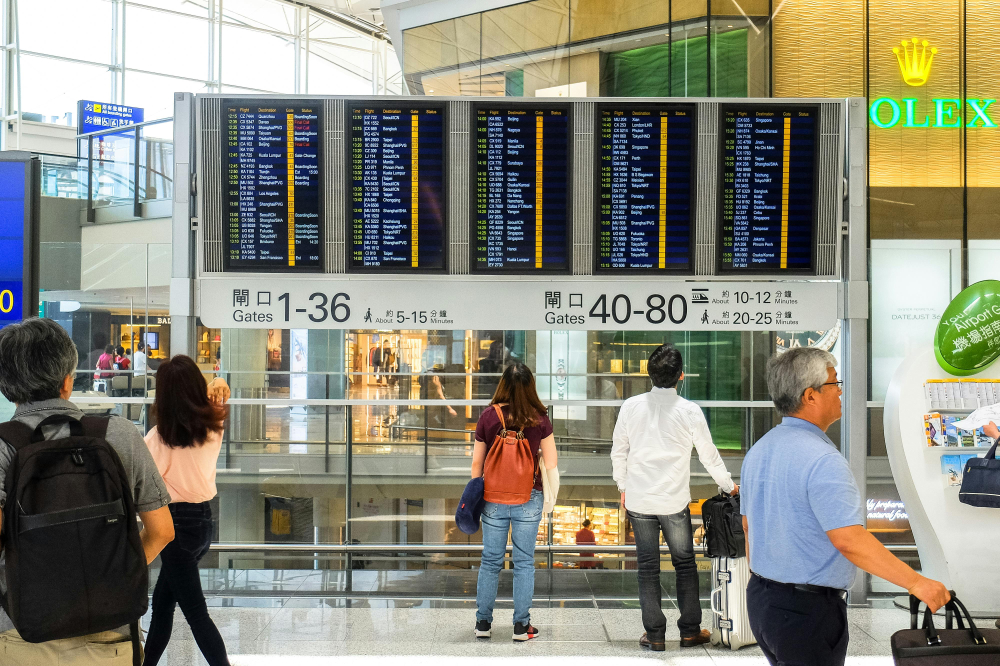Jakarta Globe is reporting that China has added Indonesia to its 10-day visa-free transit scheme, expanding the program to 55 countries as part of ongoing efforts to boost cross-border mobility and deepen ties with Southeast Asia. The new policy took effect on Thursday (12/6/25.)
According to state news agency Xinhua, eligible Indonesian travelers can now enter China through any of 60 designated ports across 24 provincial-level regions and remain for up to 10 days without a visa, provided they are enroute to a third destination.
The visa-free transit policy, issued by China’s National Immigration Administration (NIA), permits short-term activities including tourism, business, family visits, and cultural exchanges. However, employment, study, and journalism remain prohibited without the appropriate visas, says Jakarta Globe.
Previously, Indonesian nationals, along with other ASEAN citizens, could access certain areas of China under a limited regional exemption, which allowed group travel for up to six days in locations such as Xishuangbanna (Yunnan) and Guilin (Guangxi). The new policy offers significantly broader access and flexibility.
The move follows Beijing’s recent introduction of a five-year, multiple-entry visa for business travelers from ASEAN countries and observer nation Timor-Leste. The so-called “ASEAN visa” also applies to the applicant’s spouse and children, allowing stays of up to 180 days per visit, says Jakarta Globe.
Officials said the visa-free transit expansion aims to enhance cooperation with ASEAN, particularly Indonesia, while boosting trade, investment, and cultural exchange.
This adjustment is part of a broader strategy to support high-level opening-up and deepen people-to-people connectivity in the post-pandemic era, the NIA said in a statement.
The 10-day transit allowance marks a substantial upgrade from China’s previous 72-hour and 144-hour visa-free transit policies. In December 2024, authorities extended the visa-free transit period to 240 hours (10 days) and added 21 new points of entry.
Travelers may now visit multiple cities within certain provinces under a single itinerary. Entire provincial areas, including Anhui, Hainan, and Guizhou, are now accessible without additional entry approvals, Jakarta Globe reports.
The new policy also highlights China’s push to promote lesser-known travel destinations. These include Shanxi Province in the north, popularized by the video game Black Myth: Wukong, Jiangxi Province in the east, famed for porcelain production, and Guizhou in the southwest, home to several UNESCO World Heritage sites.
China is concurrently expanding its unilateral visa-free entry program, which allows citizens of 47 countries to stay for up to 30 days. Recent additions include nations from Latin America and the Gulf, such as Brazil and Saudi Arabia, Xinhua reported.
These sweeping changes have made travel to China significantly more accessible, fueling a wave of social media content around “China travel” and increasing international visibility.
According to the NIA, China recorded 64.88 million cross-border entries by international travelers in 2024, an 82.9 percent increase from the previous year. Of those, more than 20 million were made under visa-free arrangements, a 112.3 percent surge year-on-year.
During the recent Dragon Boat Festival holiday alone, 231,000 foreigners entered China without a visa, marking a 59.4 percent increase compared to the same period last year.
Source: Jakarta Globe
Stock photo by Connecting Flights Guide on Pexels


